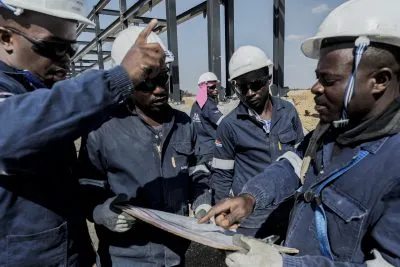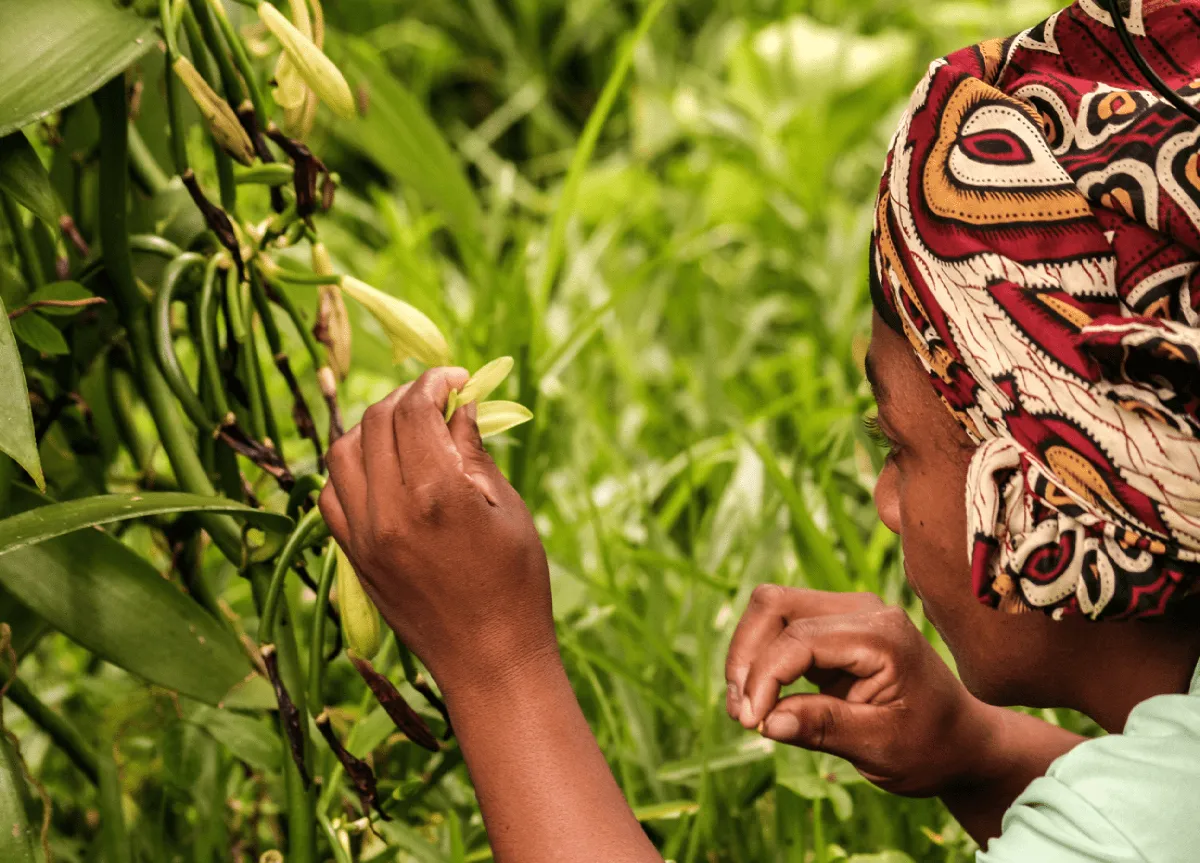The Japanese International Cooperation Agency (JICA) has agreed to provide an $84m loan and $31.5m grant to build and equip a new container terminal at the port of Nacala in Mozambique.
Construction projects are all very well but a wide range of infrastructure needs to be put in place in order to allow urban socio-economic life to function and prosper.
Road and rail networks need to be developed to move people and goods around a city; while ports and airports are needed for longer distance transport. The provision of ancillary infrastructure, such as water and power supplies, must be integrated into any urban vision at the outset, if it is not to become a white elephant that loses its shine after just a couple of years.
Of all strands of infrastructure, it is the port sector that continues to attract massive international investment, as new facilities are developed to cope with rising trade volumes across the continent. APM Terminals has begun work on expanding the annual handling capacity of Apapa Container Terminal, Lagos, to 1.2m TEU, which will make it the biggest container terminal in West Africa. A TEU or twenty-foot-equivalent units, is the standard size of container.
The terminal handled about 720,000 TEU last year, up from 600,000 TEU in 2011, so the additional capacity is badly needed. National container turnover in Nigeria stood at 1.4m TEU last year but APM Terminals expects this to reach 10m TEU a year within three decades. Nils Andersen, the chief executive of APM Terminals’ parent company, Maersk, said: “Many efficiency measures and modernisations have been carried through in recent years, lifting the productivity and developing safety and transparency, so much so that we use it as a best practice example for terminals in other markets.”
APM Terminals also plans to develop a new deepwater port at nearby Badagry by 2016, with an associated free trade zone, oil refinery and power plant. Anderson said: “The Badagry port project fits well into our strategy and competencies. “When Badagry is developed, we will have three ports to call with WAFMAX [the biggest vessels able to operate in West Africa], which will reduce waiting time for importers and exporters as well as pollution. We are very pleased with the support this project has received from authorities and key stakeholders.”
Further south, Namibia’s port operator, Namport, has received seven bids for the contract to construct the new container terminal at Walvis Bay. The port has had great success in attracting business from neighbouring states by improving road and rail links across the Southern African Development Community (SADC) region. It now requires additional capacity to cope with rising demand.
The bidders include three Chinese firms: Sino Hydro Corporation, China Gezhouba Group Company and China Harbour Engineering Company, highlighting the continued influence of Chinese companies in developing African infrastructure. When bids closed in February, Namport chief executive Bisey Uirab said: “The tender evaluation process has commenced immediately after the tenders were opened and is expected to be completed in a few months’ time.”
Apart from the design and construction of the new container terminal on reclaimed land, the successful bidder will be required to dredge the port harbour and build a new quay wall. The Japanese International Cooperation Agency (JICA) has agreed to provide an $84m loan and $31.5m grant to build and equip a new container terminal at the port of Nacala in Mozambique. A large coal terminal is expected to be built to help handle coal exports from the country’s growing coal industry in Tete Province.
However, with the deepest natural harbour on the eastern coast of Africa, the government is also keen to see it develop as a container port. The loan is reported to have been provided on easy terms over 40 years with a 10-year grace period before repayments begin. With Maputo and Beira also scheduled for expansion, and a new port expected to be built near the mouth of the Zambezi to serve the coal industry, it might be expected that Mozambique will soon have all of the new port capacity that it can deal with.
Yet Prime Minister Alberto Vaquina has announced that another new port will be constructed at Techobanine, close to the South African border. It will principally handle coal exports from Botswana and probably South Africa but could also be used to export other mining commodities and land will be set aside for an industrial park. Vaquina said: “The Techobanine Port Complex envisages the construction from scratch of a deepwater port to handle very large ships, which will complement the port of Maputo.”
Want to continue reading? Subscribe today.
You've read all your free articles for this month! Subscribe now to enjoy full access to our content.
Digital Monthly
£8.00 / month
Receive full unlimited access to our articles, opinions, podcasts and more.
Digital Yearly
£70.00 / year
Our best value offer - save £26 and gain access to all of our digital content for an entire year!
 Sign in with Google
Sign in with Google 


